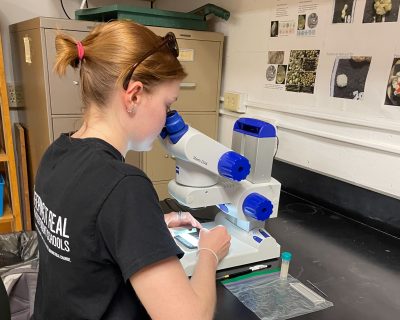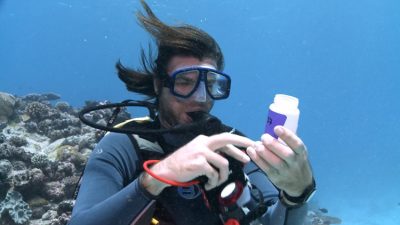
A Hidden World on the Seafloor: Picking Benthic Foraminifera
This guest blog was written by Nora Downing, an undergraduate student at the University of Miami working in the Foram Lab. Her work is helping build an index of coral reef health using benthic foraminifera picked from sand samples collected

